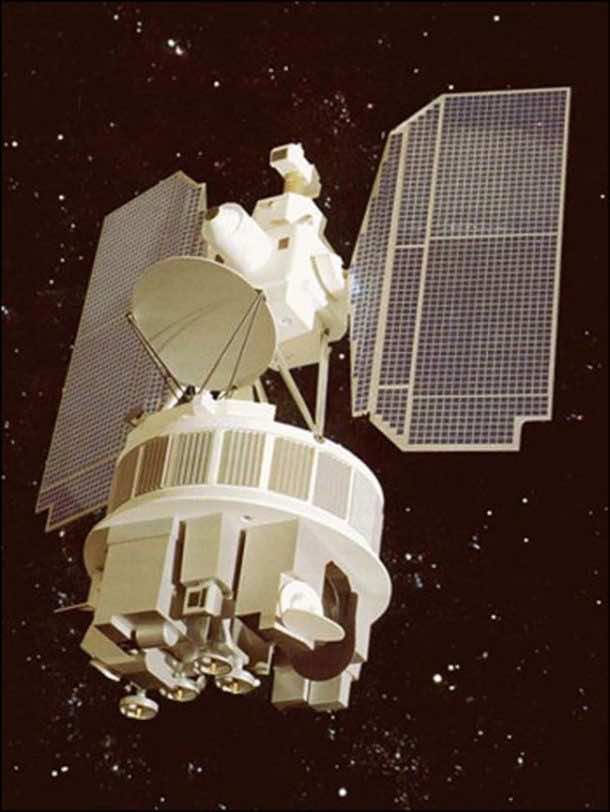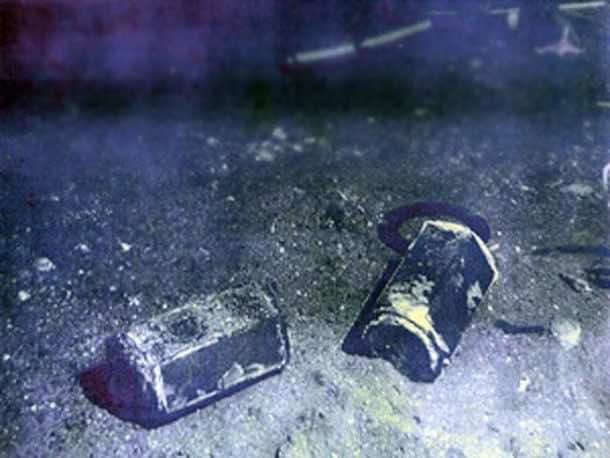The failure of a satellite launch is a terrible sight. The failure is even more tragic for those involved in the design and launch of the satellite as they see their endless efforts and countless work hours go up in a flash.

As bad as the satellite explosion in the sky sounds, the worst aspect is that the satellites are powered by a plutonium battery.
Launched in 1964, the Nimbus satellites were state-of-the-art machines designed to send back a huge amount of data to NASA regarding the atmosphere of the Earth.

Most of these Nimbus satellites were powered by the nuclear batteries. No one gave it a second thought until one of the Nimbus satellites crashed during the launch.
The Nimbus B-1 rocket booster stopped working soon after the satellite was launched. The rocket as well as the satellite ended up in the Pacific Ocean.

Fortunately, the disastrous launch cannot trigger a nuclear chain reaction. Even more amazing is the fact that the NASA experts were able to retrieve the nuclear batteries of the satellite from the bottom of the ocean.

The batteries ended up being used for the new satellites launches.


